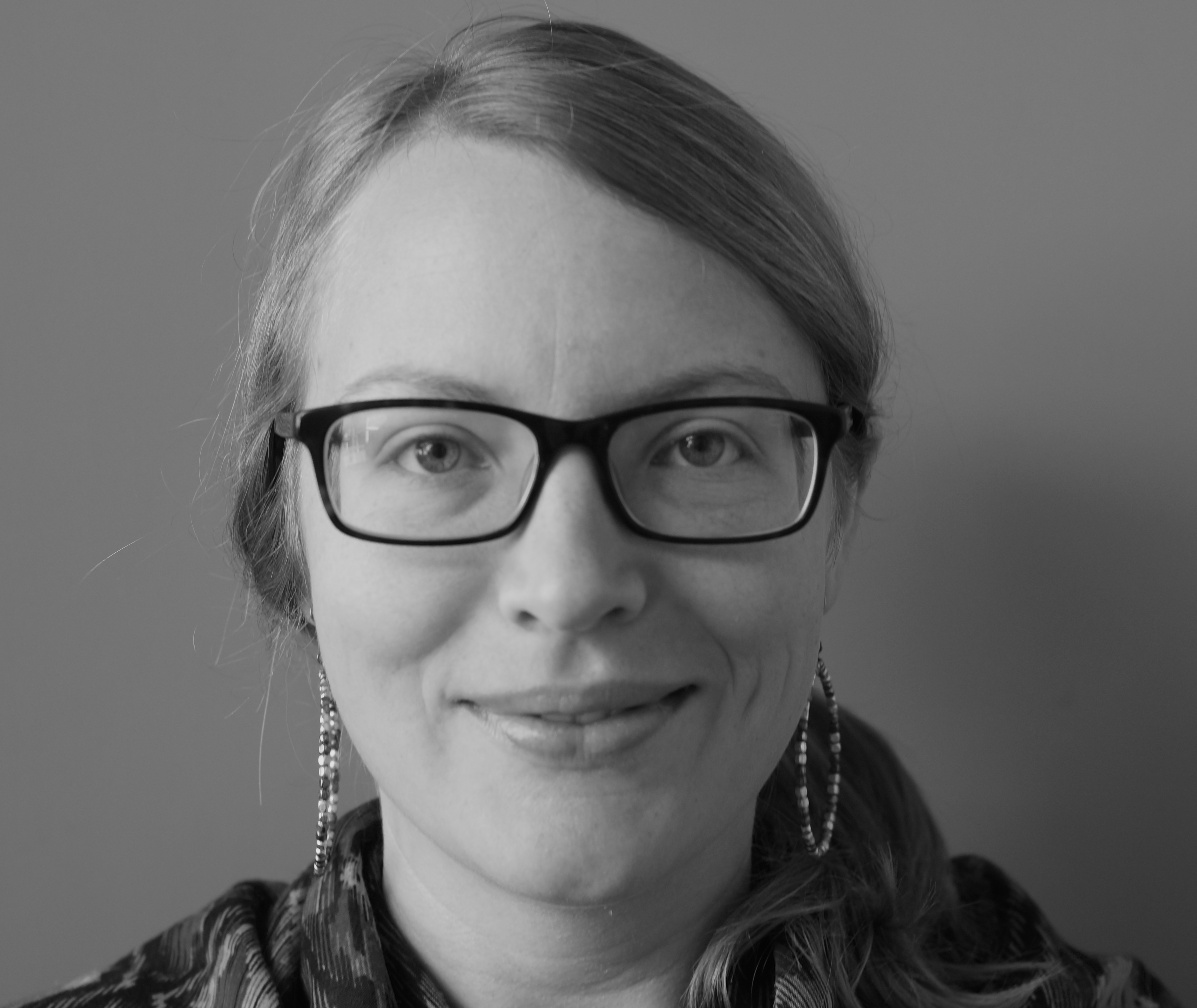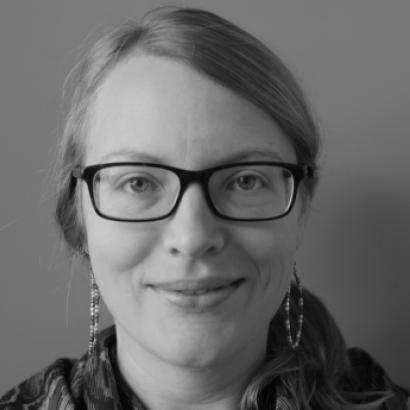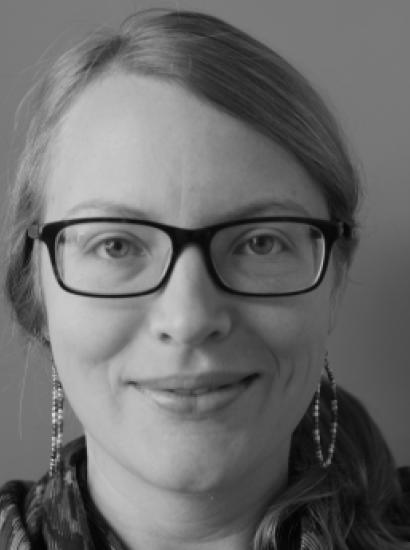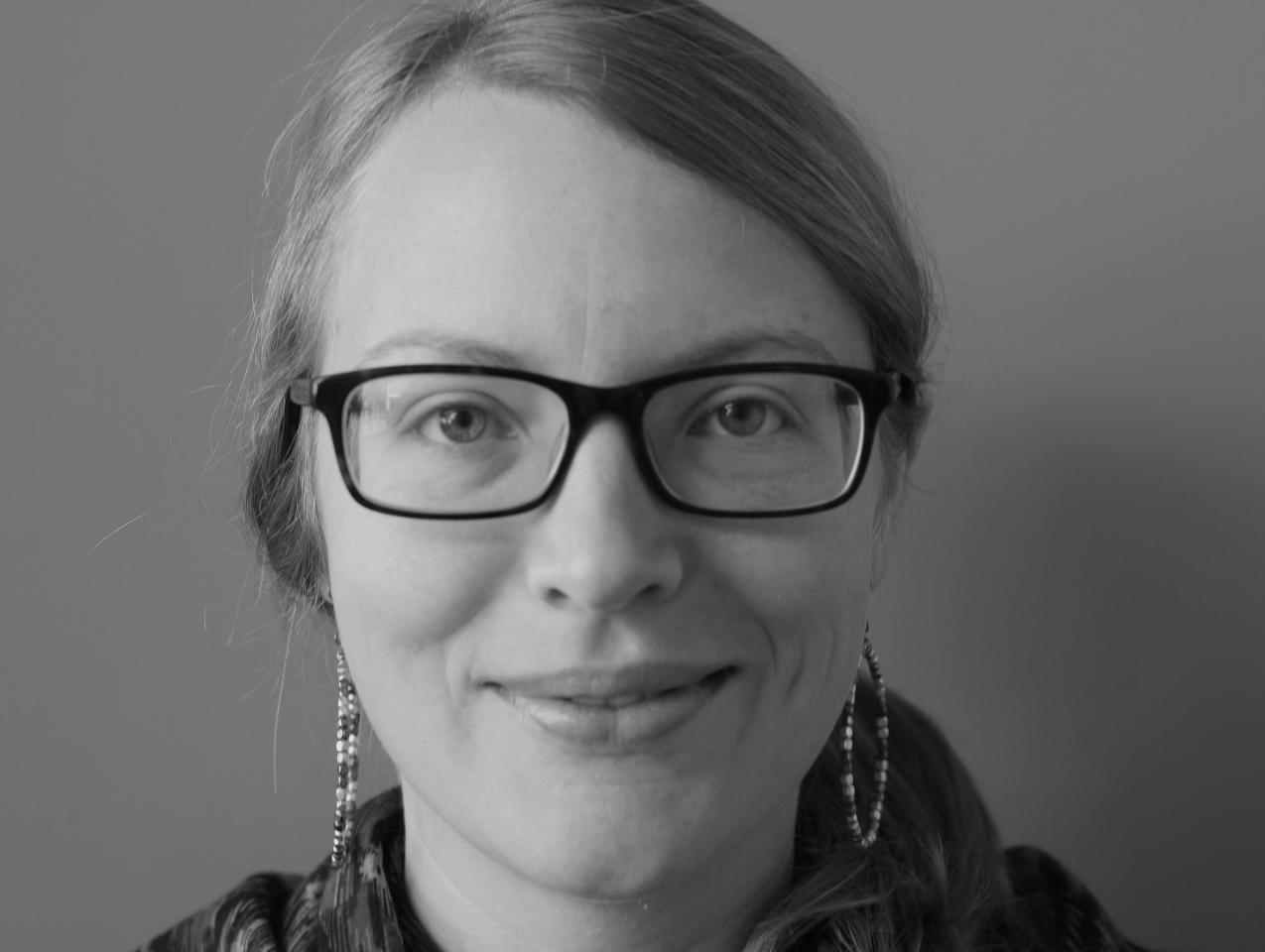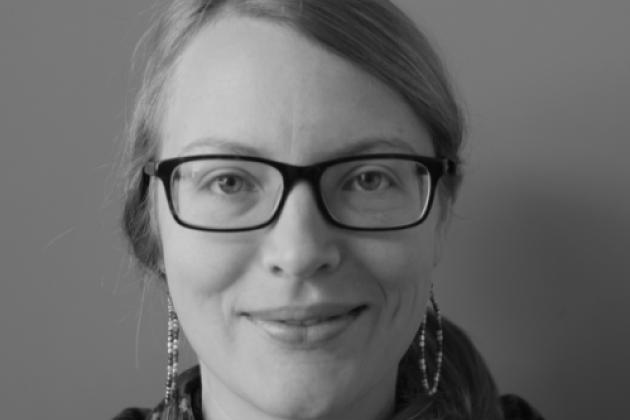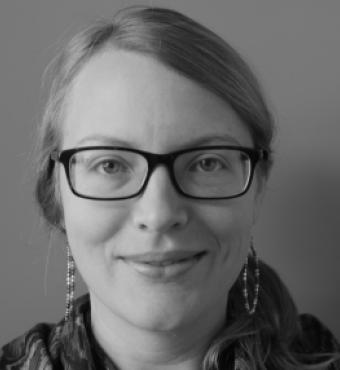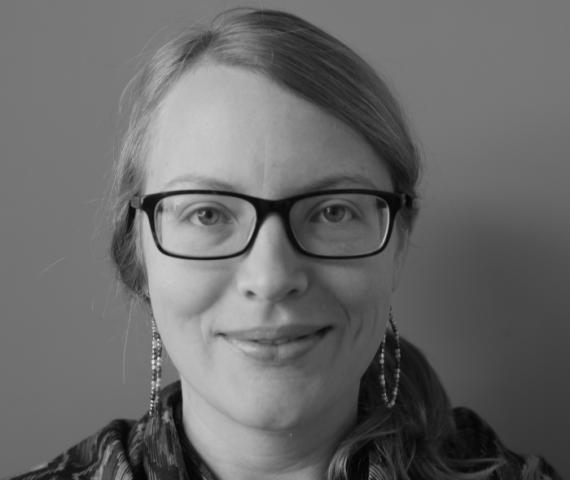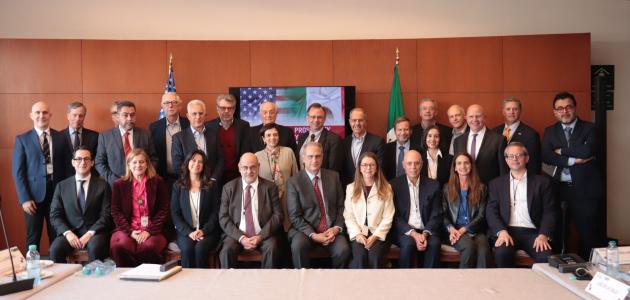By Lily Balloffet
Thanks to the support of the Hoover Institute, this summer I have been working in the Reading Room on research for my dissertation. Titled “Mahjar Maps: Argentina in the Global Arab Diaspora,” my project is a transregional study of Middle Eastern immigrants and their descendants in Argentina from the turn of the century through the 1950s. This time period spans the years from Argentina’s Immigration Boom era through World War II, and the subsequent rise of mass politics under populist leader Juan Domingo Perón. In the first half of my dissertation, I analyze the ways in which communities of Arabic speakers from the Eastern Mediterranean were connected with each other across the expansive Argentine landscape from the high desert of the Bolivian border region, to the far reaches of the Patagonian south. Despite the fact that Middle Eastern immigrants comprised less than three percent of the 6.6 million immigrants that Argentina received before the First World War, Arabic speakers quickly spread out across the country. These individuals wasted no time in establishing mutual aid organizations, philanthropic, and financial institutions in every single province and territory of Argentina by the second decade of the twentieth century! Despite their pervasive presence in both urban and frontier spaces throughout the twentieth century, scholars of Argentine immigration history rarely dedicate their attention to these immigrants who hailed predominantly from the Syrian territory of the Ottoman Empire. Viewed from the perspective of Middle East migration studies, this is a major oversight – especially seeing as Argentina received more immigrants from the territories of current-day Syria and Lebanon than any other nation in the world with the exception of the United States prior to World War I. Thus, I find this work to be fascinating both in terms of revising our narratives about Argentina as a “nation of immigrants,” and also our understanding of the dynamics of the global Arab Diaspora, or “Mahjar.”
I chose the title “Mahjar Maps” for this project because one of the central goals of my work is to elucidate the ways in which different nodes of the Arab Diaspora were connected with one another through a network of capital flows, as well as political and intellectual exchange. This Argentine-Arab network – or “map” of entrepreneurs, artists, and intellectuals – was itself a major contributor to the larger transnational public sphere of the Mahjar. To trace this map of collaboration, trade, and at times contention, I began by following the trajectories and careers of Arab-Argentines who embarked on long journeys across South America and the Levant. These individuals – cinematographers, fundraisers, journalists – relied on the network of heritage organizations, charitable aid societies, and religious institutions in the Arab-Argentine community as they traveled thousands of kilometers. They sought to promote projects that they believed would increase solidarity amongst their peers, and strengthen the ties that bound their ethnic community together across vast distances. In order to conduct the bulk of this research, I also engaged in some substantial traveling – across thirteen Argentine provinces, to be exact – thanks to a Fulbright Hays grant.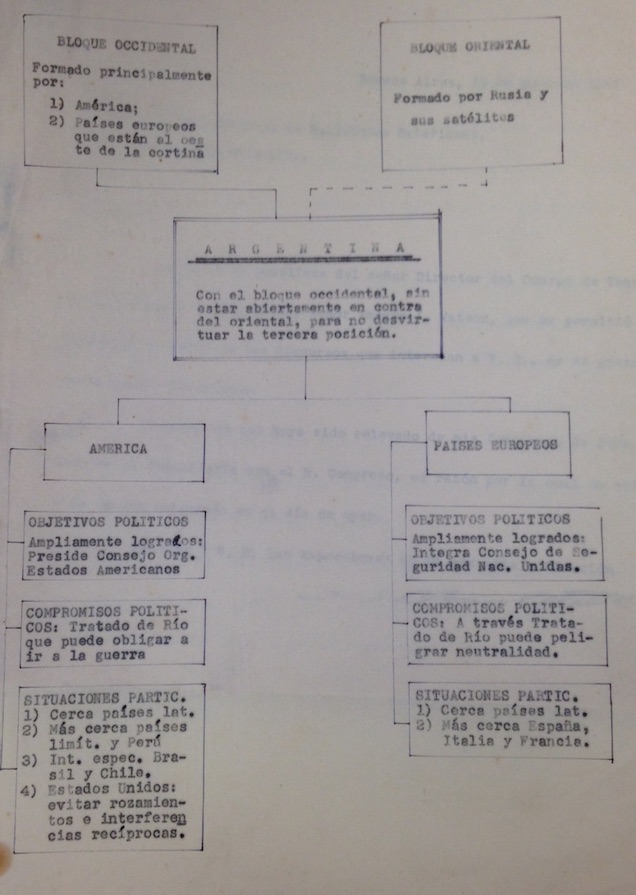
When I returned to the U.S., and began to formulate the discrete chapters of my dissertation, I quickly realized that I was interested in expanding the scope of my project. I wanted to include state-level political panoramas, and explore the ways in which this diaspora community’s history intersected with questions of foreign policy, and diplomacy, between Argentina and the Middle East. In the wake of World War II, both Argentina and Arab Bloc nations wrestled with ideas about how they fit into the global postwar order, and what their role was in a new Cold War reality. It was at this juncture in my research that the Hoover Institute’s archival holdings came to my attention. By delving into collections such as the Juan Atilio Bramuglia, and Juan Domingo Perón Papers (among others), I was able to knit together local histories of the Mahjar with the machinations of international politics that brought together Argentine and Arab leaders in the 1940s and 1950s. Argentine Foreign Ministry cables, reports, and letters penned by exiled president Juan Perón contained valuable information that led me to assert that by the 1940s, various individuals from this ethnic community had risen to the level of self-appointed interlocutors and cultural translators between the governments of Argentina, Syria, Lebanon, and Egypt. The final chapter of my dissertation concludes in the late 1950s – an era in which both members of the Arab Diaspora, as well as the Argentine state, expressed a heightened interest in strengthening ties to the Arabic-speaking Eastern Mediterranean.
Today, many scholars seek to analyze these types of linkages between distinct regions of the “Global South” in a contemporary context of communication technology, national security, and immigration policy. The goal of my project is to make a timely reminder to the public that these “South-South” dialogues are not twenty-first-century phenomena! Indeed, the paths forged by circuits of migration between Latin America, the Middle East, and North Africa since the late 1800s continue to impact human, economic, and cultural landscapes of both the Americas and the Arab world.




